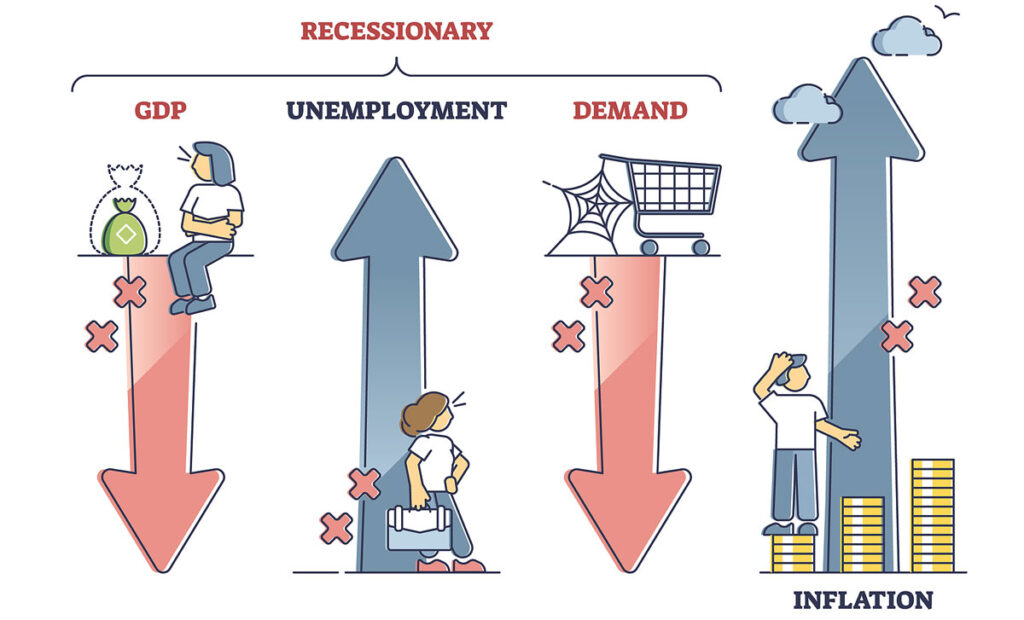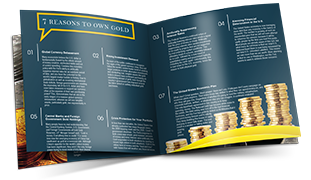 Gold prices have already climbed by more than 6% since the beginning of the year, adding to an impressive 2024 rally which saw the yellow metal surge by nearly 28%. This growth is attributable to central bank demand as countries top up their reserves in anticipation of economic volatility and currency weakness.
Gold prices have already climbed by more than 6% since the beginning of the year, adding to an impressive 2024 rally which saw the yellow metal surge by nearly 28%. This growth is attributable to central bank demand as countries top up their reserves in anticipation of economic volatility and currency weakness.
China’s outsized consumption is proving to have a disproportionate impact on gold’s growth as the country seeks economic independence and regional dominance. Analysts also credit President Trump’s disruptive economic policies for fueling safe-haven demand as fears of stagflation grow.
China Resumes Gold Purchases
There’s broad consensus that central bank demand is one of the most influential factors driving gold prices. Following years of steady purchases, national-level consumption remained elevated throughout 2024, shattering records in H1 and maintaining pace in Q3. Demand for the yellow metal has been especially strong from emerging economies that have a vested interest in reducing their reliance on the dollar due to fears of weakness and weaponization.
Notably, The People’s Bank of China (PBOC) resumed gold buying following a six-month hiatus with a 5-ton purchase in November, accounting for nearly 10% of the 53 tons central banks picked up that month. Analysts anticipate central banks to continue their preference for gold over USD in 2025 as foundational drivers remain unchanged. In fact, UBS predicts total consumption will reach 900 tons this year.
Tariffs Reinforce Demand
The Trump administration has made clear its intentions to reform the domestic and global economy with an aggressive tariff plan at the foundation. Inadvertently, these overt threats which target allies and enemies alike are fueling de-dollarization and encouraging central banks to further increase their reserves.
During Trump 1.0, tariffs remained in effect throughout the entire term, suggesting these bargaining chips will stay in place for at least the next four years. This provides another clear, long-term incentive for central banks to increase gold purchases which only works to boost gold prices.
Stagflation Fears Grow
Tariffs aren’t the only bold Trump policy set to upend the status quo. Analysts also highlight the potential unintended economic consequences of mass deportations. With over 8 million undocumented immigrants working in the US, the administration’s plan for rapid deportation could leave millions of unfilled unskilled jobs.
Such a sudden labor shortage would likely slow economic growth. When you add tariff-induced inflation to economic stagnation and a weak job market, you have a perfect recipe for stagflation. This combination wreaks havoc on economies. For reference, one of the country’s worst bouts of stagflation in the 70s and 80s drove inflation to 14.5% and unemployment to 7.5%.
Gold as an Inflation-Hedge
Central banks and investors around the world are already preparing for a possible stagflationary economy by diversifying with gold. Between 1971 and 1980, gold prices skyrocketed from $35 to $850 throughout nearly a decade of hyperinflation. While this surge might seem far-fetched today, the yellow metal has already more than doubled over the past five years. Barely a month into 2025, gold has notched a new high of around $2,800, indicating further growth down the line. In fact, many experts have released bullish price forecasts with the average prediction reaching over $3,000.


